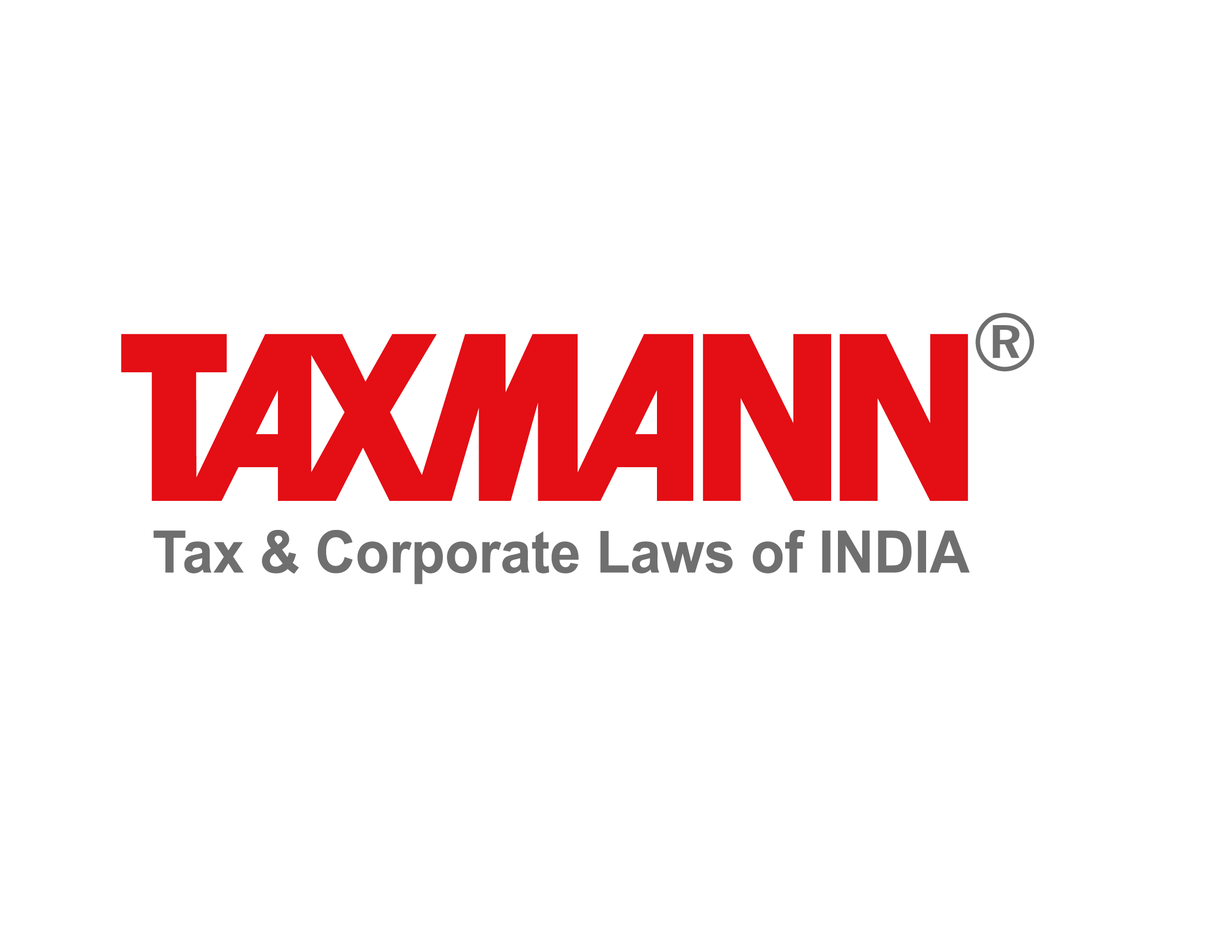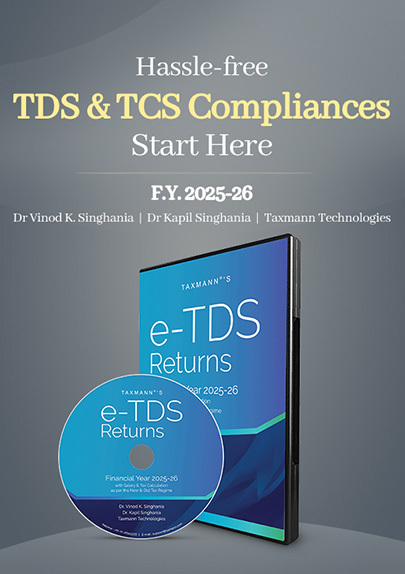Component Accounting of PPE Under Ind AS 16 | Filter Replacement Case
- Blog|News|Account & Audit|
- 3 Min Read
- By Taxmann
- |
- Last Updated on 16 June, 2025

1. Question
Pinnacle Manufacturing Limited (hereinafter referred to as “the company”) acquired a complex manufacturing machine during the financial year 2024–25 at a total cost of Rs. 25,00,000. The machine comprises multiple significant components, including a filter system valued at Rs. 4,00,000. Due to operational requirements, the filter system has a relatively short useful life and must be replaced every 2 years, whereas the rest of the machine is expected to last 10 years. When the filter is replaced, the company incurs a cost of Rs. 6,00,000 for each new installation.
Explain the accounting treatment:
(a) How should the company allocate and recognise the cost of the machine and its components at the time of initial acquisition, particularly considering that the filter system has a significantly shorter useful life than the rest of the machine?
(b) What would be the appropriate method for depreciating both the filter system and the other parts of the machine, given their differing useful lives? Additionally, considering that the filter system requires replacement every two years,
2. Relevant Provision
Ind AS 16 – Property, Plant and Equipment
Para 7 – The cost of an item of property, plant and equipment shall be recognised as an asset if, and only if:
(a) It is probable that future economic benefits associated with the item will flow to the entity; and
(b) The cost of the item can be measured reliably.
Para 13 – Parts of some items of property, plant, and equipment may require replacement at regular intervals. For example, a furnace may require relining after a specified number of hours of use, or aircraft interiors such as seats and galleys may require replacement several times during the life of the airframe. Items of property, plant and equipment may also be acquired to make a less frequently recurring replacement, such as replacing the interior walls of a building, or to make a non-recurring replacement. Under the recognition principle in paragraph 7, an entity recognises in the carrying amount of an item of property, plant and equipment the cost of replacing part of such an item when that cost is incurred if the recognition criteria are met. The carrying amount of those parts that are replaced is derecognised in accordance with the derecognition provisions of this Standard (see paragraphs 67-72).
Para 43 – Each part of an item of property, plant and equipment with a cost that is significant in relation to the total cost of the item shall be depreciated separately.
Para 44 – An entity allocates the amount initially recognised in respect of an item of property, plant and equipment to its significant parts and depreciates separately each such part. For example, it may be appropriate to depreciate separately the airframe and engines of an aircraft. Similarly, if an entity acquires property, plant and equipment subject to an operating lease in which it is the lessor, it may be appropriate to depreciate separately amounts reflected in the cost of that item that are attributable to favourable or unfavourable lease terms relative to market terms.
Para 45 – A significant part of an item of property, plant and equipment may have a useful life and a depreciation method that are the same as the useful life and the depreciation method of another significant part of that same item. Such parts may be grouped in determining the depreciation charge.
Para 50 – The depreciable amount of an asset shall be allocated on a systematic basis over its useful life.
Para 60 – The depreciation method used shall reflect the pattern in which the asset’s future economic benefits are expected to be consumed by the entity.
Para 67 – The carrying amount of an item of property, plant and equipment shall be derecognised:
(a) On disposal; or
(b) When no future economic benefits are expected from its use or disposal.
3. Analysis
In this case, the company has acquired a complex manufacturing machine consisting of multiple components. The machine is intended for use in the production process over a 10-year period and is expected to generate future economic benefits. Since it meets the recognition criteria under Ind AS 16 specifically, the probable future economic benefits and the reliable measurement of its cost, it qualifies to be recognised as Property, Plant, and Equipment (PPE).
Further, as per Ind AS 16, when an item of PPE comprises significant components with different useful lives or patterns of consumption, each component must be accounted for and depreciated separately. This ensures that depreciation accurately reflects the consumption of economic benefits from each part. In this case, the machine costing Rs. 25,00,000 includes a filter system valued at Rs. 4,00,000 with a useful life of 2 years, and the remaining portion valued at Rs. 21,00,000 with a useful life of 10 years. Accordingly, the filter system is depreciated at Rs. 2,00,000 per annum, and the remaining part of the machine at Rs. 2,10,000 per annum.
Click Here To Read The Full Story
Disclaimer: The content/information published on the website is only for general information of the user and shall not be construed as legal advice. While the Taxmann has exercised reasonable efforts to ensure the veracity of information/content published, Taxmann shall be under no liability in any manner whatsoever for incorrect information, if any.

Taxmann Publications has a dedicated in-house Research & Editorial Team. This team consists of a team of Chartered Accountants, Company Secretaries, and Lawyers. This team works under the guidance and supervision of editor-in-chief Mr Rakesh Bhargava.
The Research and Editorial Team is responsible for developing reliable and accurate content for the readers. The team follows the six-sigma approach to achieve the benchmark of zero error in its publications and research platforms. The team ensures that the following publication guidelines are thoroughly followed while developing the content:
- The statutory material is obtained only from the authorized and reliable sources
- All the latest developments in the judicial and legislative fields are covered
- Prepare the analytical write-ups on current, controversial, and important issues to help the readers to understand the concept and its implications
- Every content published by Taxmann is complete, accurate and lucid
- All evidence-based statements are supported with proper reference to Section, Circular No., Notification No. or citations
- The golden rules of grammar, style and consistency are thoroughly followed
- Font and size that’s easy to read and remain consistent across all imprint and digital publications are applied



 CA | CS | CMA
CA | CS | CMA
